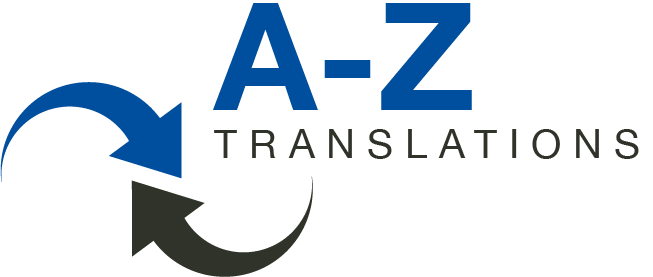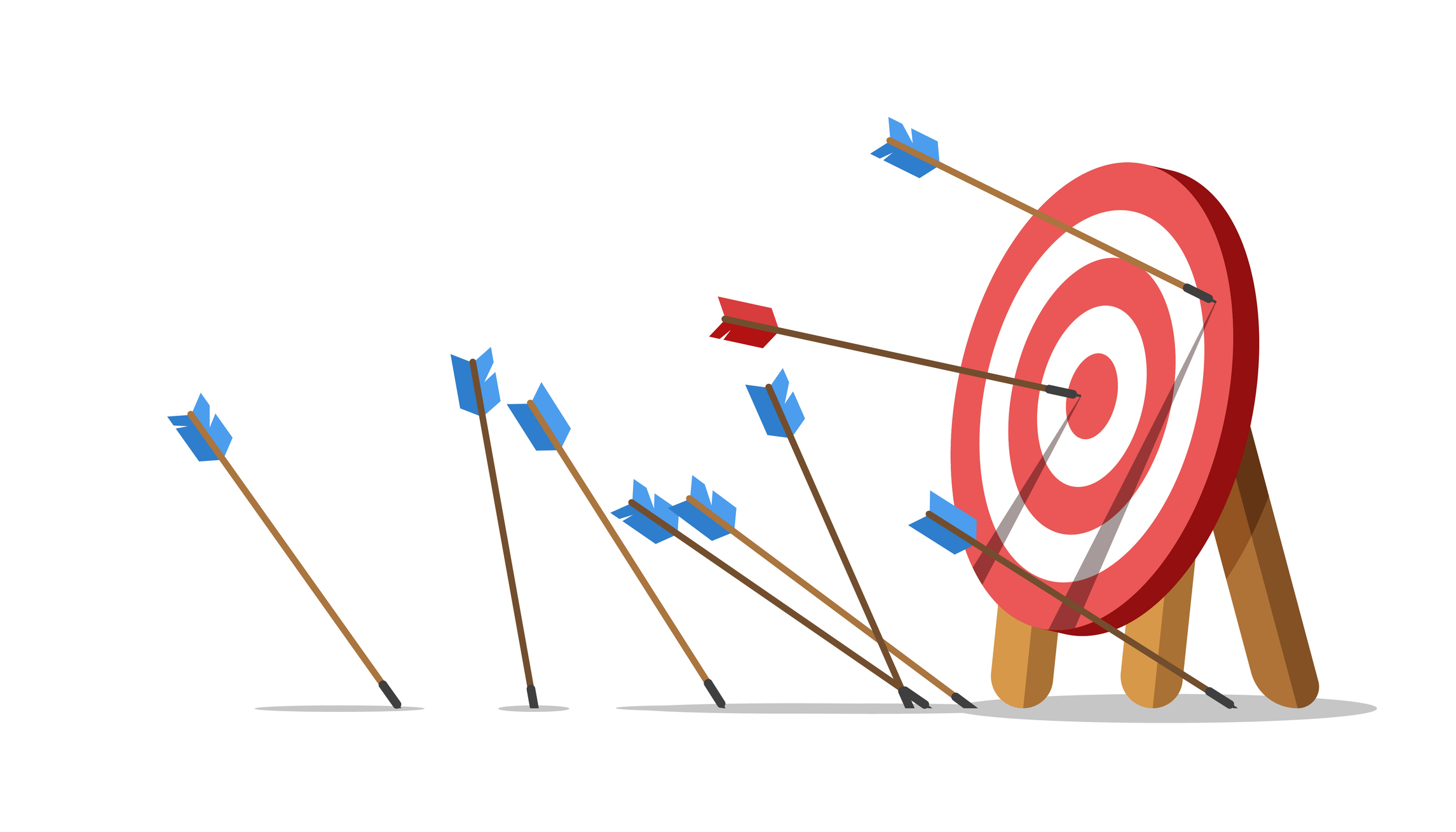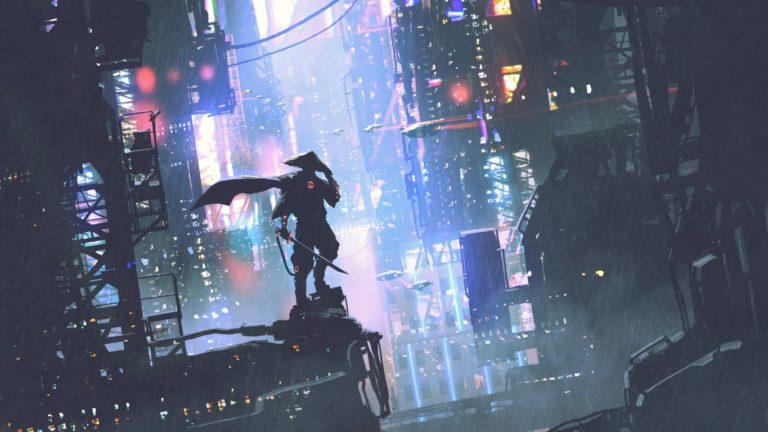Translators don’t translate words – they translate meaning
Machines and dictionaries translate words. But it takes a thinking, reasoning human being to translate what words mean.
Consider how you would translate the simple command „Shoot“, depending on whether the person doing the shooting is a soldier, a footballer, a photographer, a gambler throwing dice, or a friend with something to tell you that you are eager to hear. The key here, as in all translation, is context.
I would add to the above (it was published in 2014) that AI, as good as it has become, is still a machine in this sense. Until it becomes truly intelligent, thinking and reasoning and feeling like a human being, it will never be able to translate everything and really get the meaning across in all its facets.
Like I said before – and am bound to say again and again – I love language and getting to the bottom of the meaning of a text, and I love finding just the right word to convey said meaning in the other language. Hitting the mark, as it were.
Sometimes the differences between one word or phrase and another is very subtle. But getting it right makes the difference between a translation of the words and really conveying the meaning behind the words into the target language, and that is the key to being successful as a translator.
This is number 1 of the „101 things a translator needs to know“ compiled by WLF Think Tank. If you haven’t heard of it, go to the website and check it out. I got my copy from Chris Durban herself at a translator’s conference in Berlin a few years ago. It is full of useful, often funny, sometimes familiar, but always sound advice both for beginners and seasoned translators.
Image by Julia Lemba on istockphoto.com



